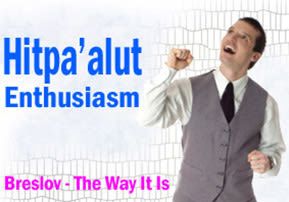
Hitpa’alut – Enthusiasm
The Rebbe charged his Chassidim to daven loudly and enthusiastically, "like the Chassidim of old."

Le‘ilui nishmat Leib ben Yitzchak Ya’akov Sears, a”h – Yartzeit: 30 Shevat, Rosh Chodesh Adar
Le’ilui nishmat Yosef ben Shmuel Zeitlin, a”h – Yartzeit: 18 Menachem Av
We continue with our new series of minhagim and hanhagot tovot of Breslov. We invite you to peruse our previous entries by accessing our archives.
Hitpa’alut / Enthusiasm
Breslover Chassidim clap their hands occasionally during prayer. This reflects the Rebbe’s teaching that one who prays with such fervor that he spontaneously claps his hands is given the words of prayer min ha-Shomayim. He also states that clapping the hands during prayer mitigates harsh judgments, saves one from spiritual forgetfulness, and puts all strife and conflict to rest (see Likutei Moharan I, 45, 46, 212).
* * *
The Rebbe charged his Chassidim to daven loudly and enthusiastically, “like the Chassidim of old” (Chayei Moharan 78; also cf. Tovot Zikhronot, 5. A few other Chassidic groups also daven in this manner today, including Karlin-Stolin, Toldot Aharon, Toldot Avraham Yitzchok, Emunas Yisrael, Stetchin, etc.).
* * *
Reb Avraham used to utter a kvitch – a high-pitched, suppressed cry — every so often while davening, even during Shemoneh Esreh (heard from Rabbi Nachman Burshteyn. This may be related to the “silent scream” which the Rebbe mentions in Sichot ha-Ran, sec. 16.).
* * *
He used to clap with his hands facing each other, so that the fingers of the right hand struck the matching fingers of the left hand. Sometimes his fingers were spread apart, while at other times they were closed (heard from Rabbi Nachman Burshteyn).
* * *
Rabbi Elazar Kenig, Rabbi Shmuel Moshe Kramer, and other contemporary Breslover teachers also clap this way during davening.
* * *
Nevertheless, Reb Gedaliah said in the name of Reb Avraham that one should not do so in a place where it is not customary to clap or raise one’s voice in davening, because “people will think you are either a tzaddik or a meshuganer!”
* * *
The Rebbe also stated that when one davens in a minyan where resha’im are present, sometimes this may cause one to fall spiritually. A protection against this is to raise one’s hands above during davening (Sefer ha-Middot I, “Nefilah” 12; cf. Tehillim 28:2: “Hear the voice of my supplications when I cry out to You, when I lift up my hands…“).
* * *
The Rebbe states: “There is a nachash that produces a melancholy spirit, corresponding to the 39 Forbidden Labors. This is the ‘corruption of the nachash.’ Through sadness, the vital pulse becomes irregular. As a result, one’s limbs become heavy . . . and one’s hands become heavy, as it is written, ‘And Moshe’s hands were heavy.’“ However, the Rebbe continues, when one raises ones hands toward heaven in tefillah, they become conduits for ruach ha-kodesh, simchah, and new life (see Likkutei Moharan I, 56, esp. sec. 9).
* * *
The Tcheriner Rov once said, “When I see Reb Pinchos Yehoshua [a talmid of Reb Nosson who lived in Tcherin] davening with his hands raised, es khappt mir a pachad . . . it makes me tremble with awe!” (Oral tradition heard from Rabbi Nachman Burshteyn in the name of Reb Levi Yitzchak Bender).
* * *
Reb Yitzchak Breiter, leader of the Breslover Chassidim in Poland before the Holocaust, also davened with his hands raised.
* * *
Reb Levi Yitzchok Bender raised his hands only to the level of his head, not higher.
* * *
Despite his instructions to his talmidim (mentioned above), the Rebbe davened in stillness, without external signs of hitpa’alut (Oral tradition).
* * *
The young Breslover Chassidim from Poland who started coming to Uman in the 1920s brought with them a more extreme outward hitpa’alut that was not favorably received by the Breslovers in Uman and the Ukraine. Many of the latter were also fervent ‘ovdim, particularly the zekenim; however, they felt that one’s devotions should be of a private nature, and outer displays of emotion should be more contained. The “Poilishers,” on the other hand, regarded their Russian counterparts as too “sleepy” and reserved, not appreciating the virtues of hatzne’a lekhet and “shemen be-chashai” (heard from Rabbi Nachman Burshteyn).
* * *
Reb Levi Yitzchok Bender was also a Polish Breslover bochur who traveled to Uman. However, in his mature years when he was a central figure in the Yerushalayimer Breslov community, he expressed his disapproval of extreme displays of hitpa’alut and conspicuous avodahs. He had absorbed this from the zekenim in Uman whom he had known during his youth, as well as from his father-in-law, Reb Aharon Kiblitcher. The latter was a great ‘oved, yet one never saw anything from him except simchah and temimut and pashtut (heard from Rabbi Moshe Bienenstock).
* * *
Reb Elazar Kenig has often described the mesikut of the derekh ha-‘avodah of Reb Avraham Sternhartz and other ziknei ana’sh, who strove to daven and perform their devotions with intensity, but without fanfare. Reb Avraham’s model was a balance of fiery avodah with darkhei no’am and pnimiyut and pashtut.
To be continued…
(With permission from The Breslov Center for Spirituality and Inner Growth http://www.nachalnovea.com)





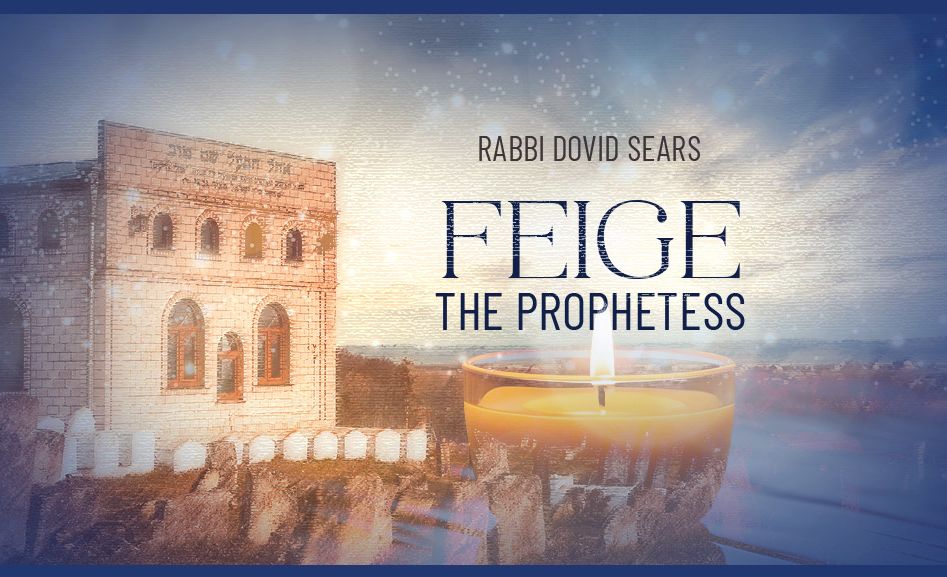

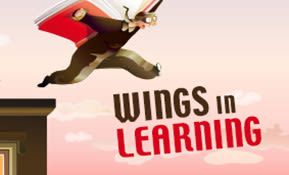
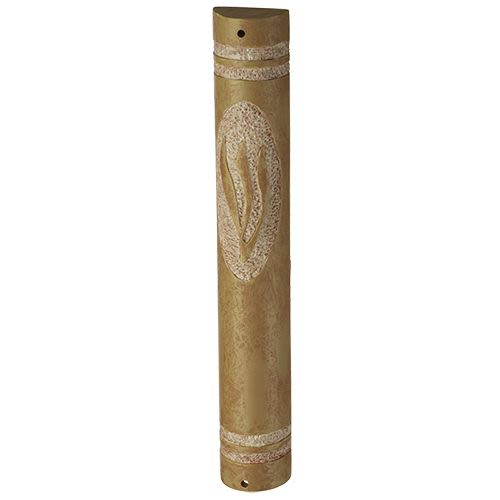
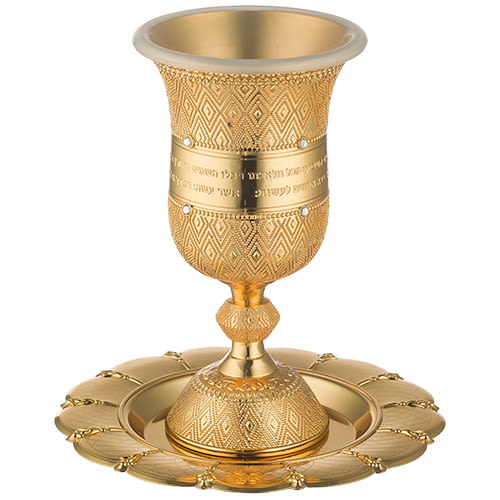
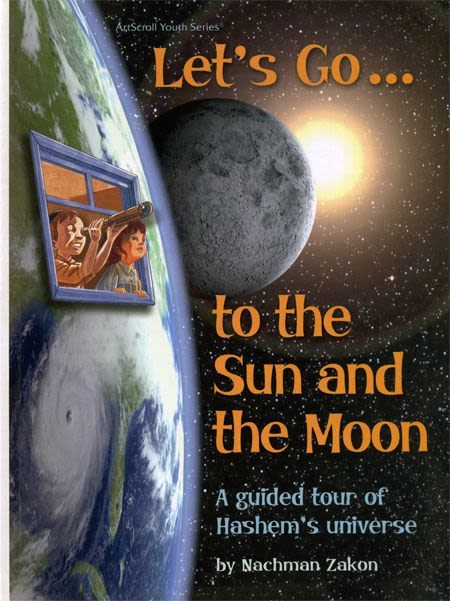
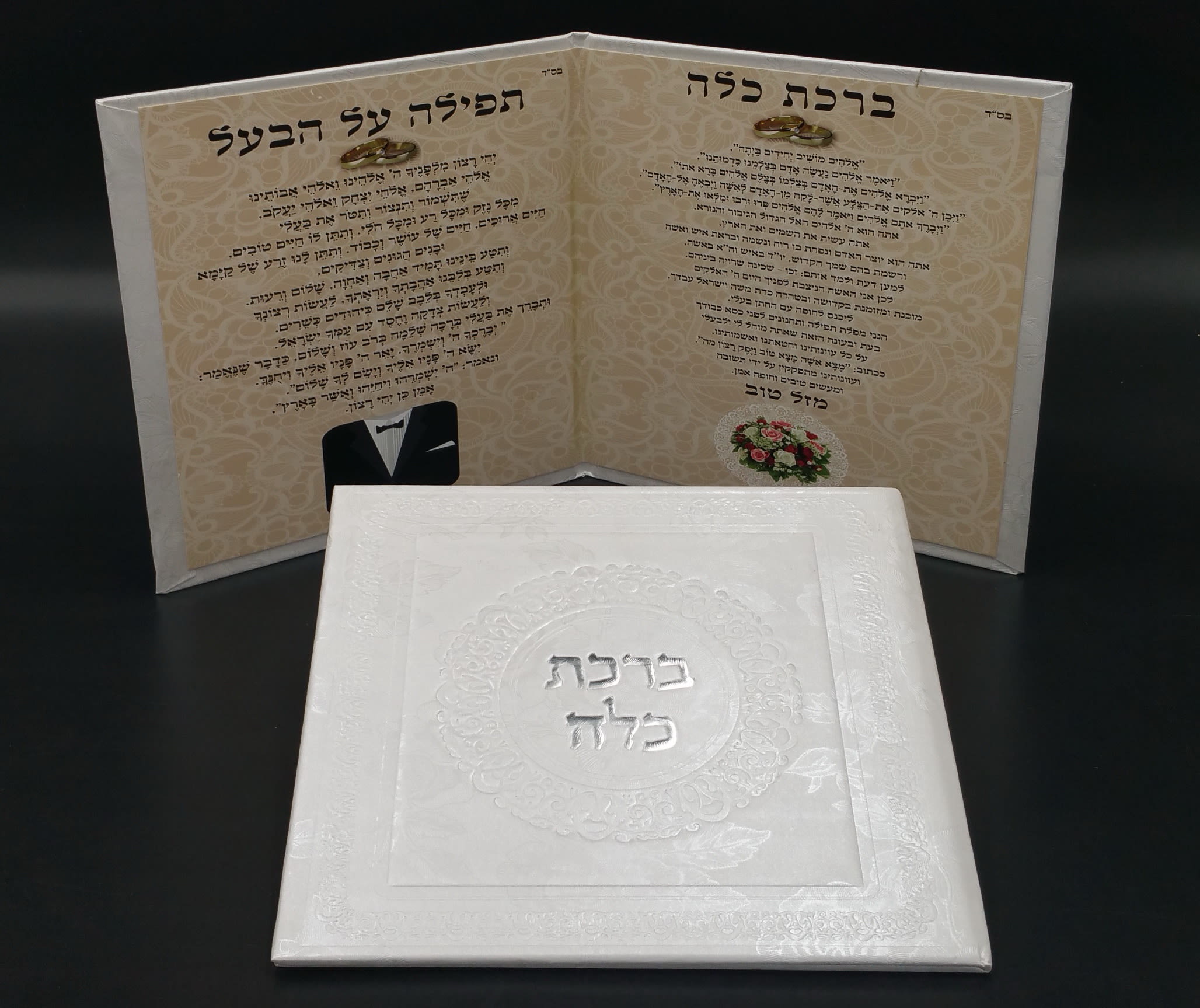
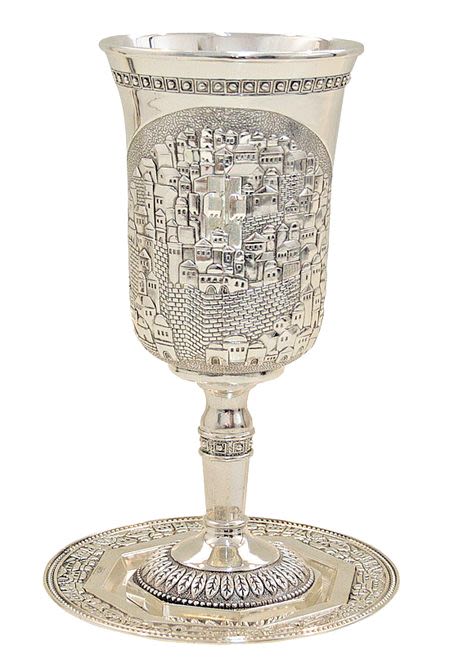
Tell us what you think!
Thank you for your comment!
It will be published after approval by the Editor.